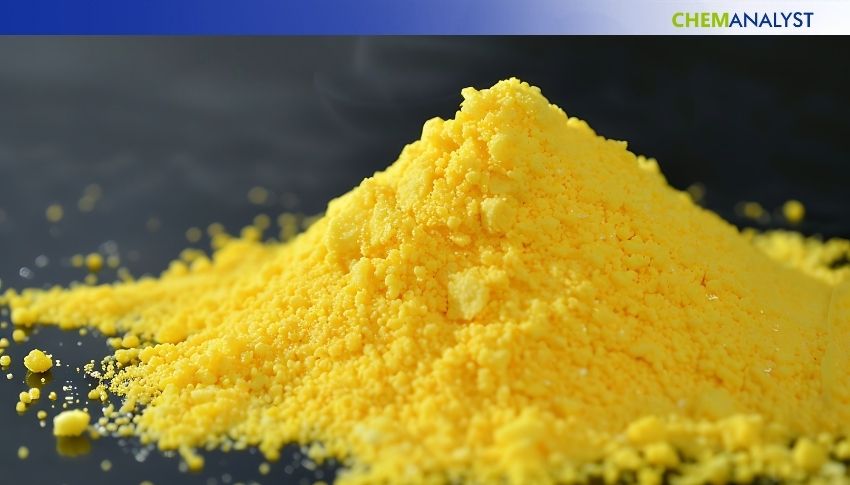Welcome To ChemAnalyst

Sulphur markets in the Middle East and China are showcasing bullishness in their trend. The Middle Eastern market experienced stability at higher ends amid the ongoing tensions between Israel and Iran, while prices in China surged due to a rise in production costs.
The Middle Eastern Sulphur market is consistently showcasing stability in its trend at a higher end during the third week. The overall market sentiment of the commodity remains bullish. The bullishness in the Sulphur market can be attributed to the disrupted global supply chain amid the escalating tensions between Israel and Iran, which is delaying the shipments. The ongoing regional tensions driven by continued missile strikes between Israel and Iran have impacted the supply chain and raised the freight cost from the Middle Eastern region.
Moreover, on June 16, a maritime advisory warned that the rising threat levels across the Strait of Hormuz, Persian Gulf, and Northern Arabian Sea can lead to a potential GPS interference and nighttime pilotage at certain ports.
Furthermore, Saudi Arabia’s state-controlled PetroRabigh announced a delay in restarting its high olefins catalytic cracker (HOFCC), an essential unit used for the production of olefins. Although maintenance on most of its refinery units was completed by 15 June following a scheduled 60-day turnaround that began on 15 April, the HOFCC remains offline, requiring additional time to resume operations.
Hence, the Sulphur market in the Middle Eastern region maintains its bullishness amid the rising shipping risks due to the elevated conflict in the region, which is delaying the delivery of Sulphur.
At the same time, the Sulphur market in China is witnessing a surge, with prices increasing by 1.8% during the third week, after following a declining trend. This growth in the prices of the commodity is due to a surge in production costs amid the constant increase in crude oil prices. This surge is being witnessed as Chinese crude oil processing rates declined in May due to widespread refinery maintenance. Run rates are expected to have risen as major state-owned refiners, such as PetroChina and Sinopec, reduced the scale of maintenance by around 40% compared to May. Additionally, CNOOC has completed a full turnaround at its Huizhou refinery, while Sinopec’s new 220,000 b/d CDU at Zhenhai and CNOOC’s 120,000 b/d expansion at Daxie are both starting operations, boosting crude processing capacity. Nonetheless, geopolitical tensions from the Israel-Iran conflict are dampening independent refinery operations, particularly in Shandong province.
Hence, the surge in the production cost of Sulphur, along with the regional tensions in the Middle East, led suppliers to raise their ex-quotations, resulting in the price hike of Sulphur in China.
As per ChemAnalyst, despite the ongoing delays in shipments, the Sulphur market is expected to ease soon as market players are anticipated to switch to alternative sources. Furthermore, the demand for Sulphur from the downstream agrochemical sector is weak; therefore, buyers are more interested in purchasing cargoes for July. Hence, the Sulphur market is anticipated to soften amid limited purchasing activities.
We use cookies to deliver the best possible experience on our website. To learn more, visit our Privacy Policy. By continuing to use this site or by closing this box, you consent to our use of cookies. More info.
